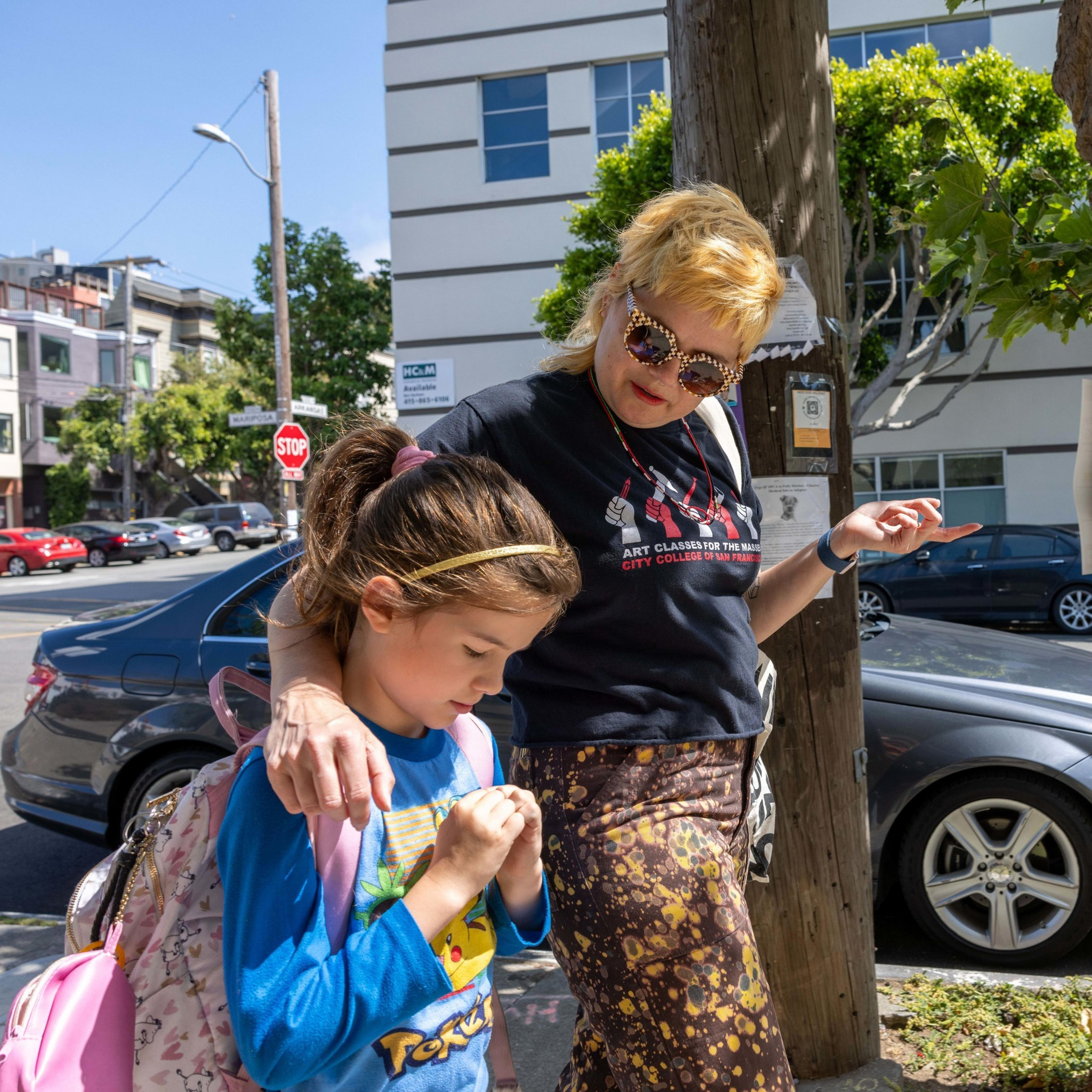Gaelan Spor knows she’s facing an uphill battle.
Serving as the incoming parent group president at her daughter’s elementary school, Spor is organizing other parents to fight against potentially sweeping school closures in San Francisco.
She’s especially worried about her daughter’s school, a small public school located in the Excelsior.
“I am terrified,” Spor said. “We are clearly on the chopping block.”
As San Francisco Unified School District grapples with a serious financial crisis, the district signaled plans to close, relocate, and consolidate some schools to help fix a deficit estimated in the hundreds of millions.
It’s unclear what schools will close at this point, but the reduction of schools and campuses appears to be non-negotiable, throwing families into uncertainty. Some of them are frantically seeking information about their children’s placements or planning to fight the district, while others have opted to leave San Francisco public schools entirely. Some of the district’s critics worry that if more families leave, shrinking enrollment will only lead schools to spiral further.
“I am trying to pin all my hopes on us fighting,” Spor said. “I don’t want to acknowledge that [closure] is a possibility. It’s too awful.”
Who are the targets?
Spor’s daughter is an incoming second-grader at the San Francisco Community School, which has about 290 students across nine grades. She described her daughter having a “magical experience” at the school, which has small classes and a tight community of parents and staff.
But because of its small size and proximity to larger schools, Spor sees the school as a likely target for closure. If that happens, she may face longer commutes, a difficult adjustment and disruptions to her daughter’s learning.
“She has been thriving in this small school environment,” Spor said. “I don’t know if she will do well in larger campus. I just fear that bigger class will have less personalized attention.”
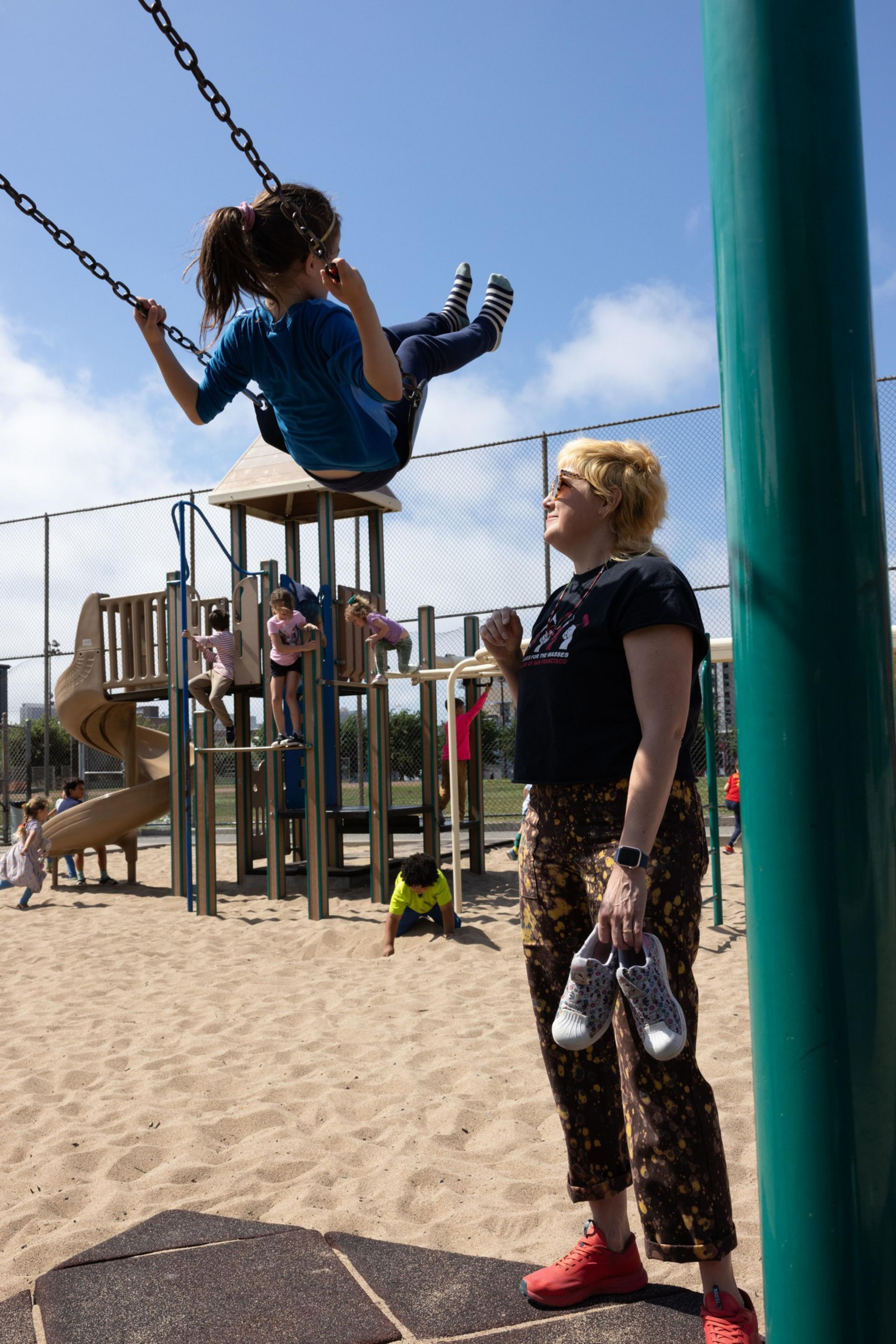
The district is expected to announce a list of schools that could close or merge in September based on a few factors: excellence, effective use of resources and equity. Specifically, district officials will look at academic performance, enrollment, building conditions, teacher turnover and other factors.
The district plans to gather community feedback over the course of months, a process that’s expected to be highly contentious. The school board is scheduled to vote on and finalize its decisions at the end of the year. Those selected schools will be closed starting in fall 2025.
For her part, Spor suspects that school officials are only gathering feedback for show and have “already decided what they want to do.”
Located just a block away from the San Francisco Community School, Monroe Elementary School is much larger, with about 550 students across six grades.
Emily Moriarty de Ayora, the chair of the parent-teacher association at Monroe, said she’s optimistic about the district’s handling of the upcoming closures and changes. However, she strongly urged school officials to listen to families.
She acknowledged that “efficiency is not something our city is good at,” and that includes the school district. She argued that a fully functioning, large campus can be beneficial to some students. But she questioned the timing of the closures: Because the school closures will be decided at the end of the year, when parents are also applying to schools (opens in new tab), parents may be forced to find alternatives if the schools they apply for wind up closing.

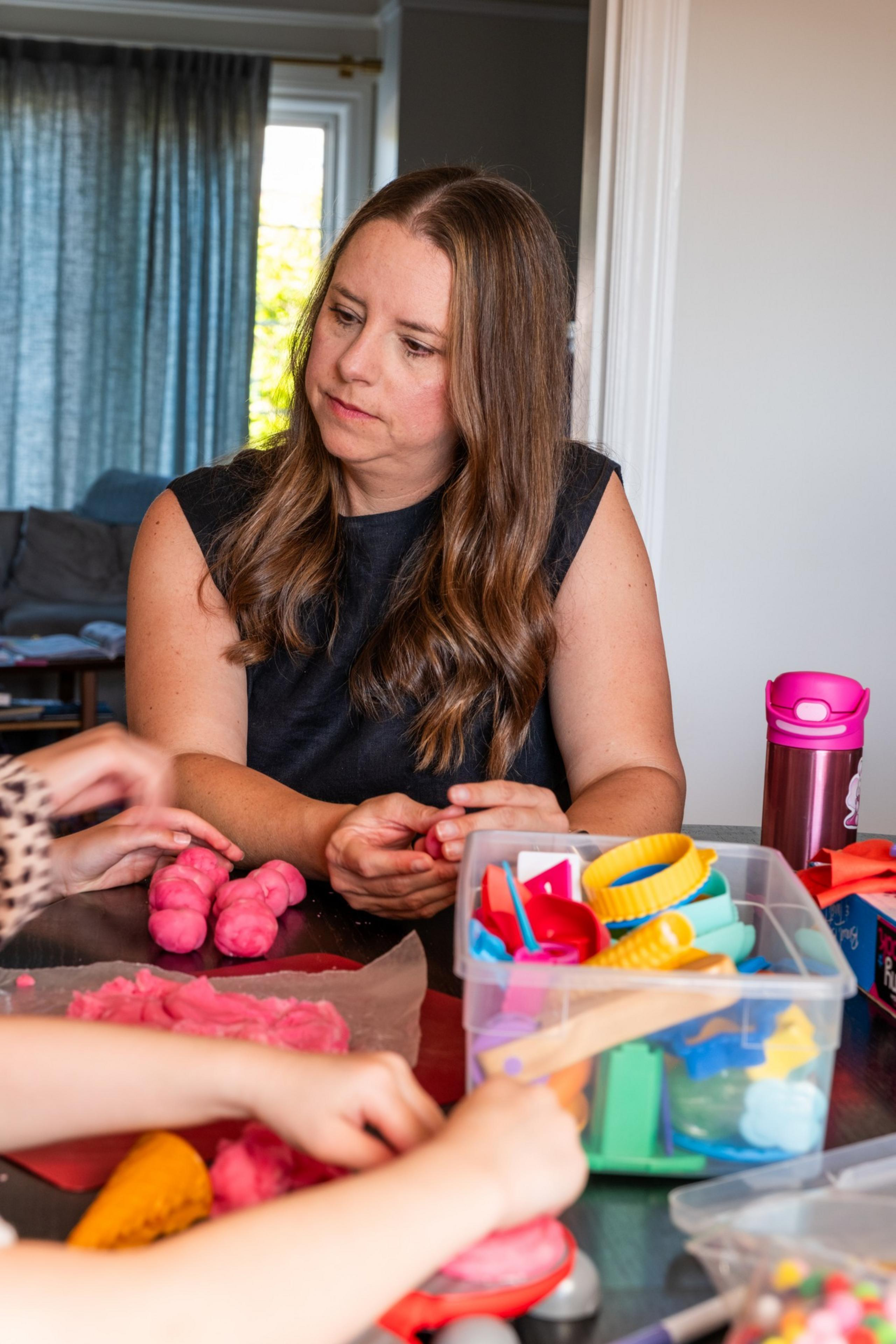
Some parents are also concerned about cuts to programs they see as critical. The district is considering consolidating some of its language programs to save money, which may result in fewer options for families seeking bilingual immersion in Mandarin, Spanish, Korean or other languages.
Cathay Bi, a parent at Starr King Elementary School in Potrero Hill, has been actively organizing with hundreds of parents and activists to preserve and expand the Mandarin language programs, rather than consolidate them.
Bi is leading an effort gathering signatures, and has sent a letter to district leadership (opens in new tab) with hundreds of parents and activists in support. She urged the district not to treat parents and families as a math problem but to listen to them and understand the great demand for Mandarin programs. She believes those programs could attract new families to SFUSD.
“Throwing [the children] into a central school will be a step back,” Bi said. “Please don’t do that.”
Among the hundreds of parents who signed the letter is Nancy Tung, the current chair of the San Francisco Democratic Party. In the statement, Tung said these language programs, especially ones like Mandarin immersion, are the programs that keep families in SFUSD rather than finding alternatives at private schools.
‘It’s the end game’
While some parents are staying to fight the closures, others have decided to throw in the towel.
Bee Tran, a parent at Visitacion Valley Elementary School, has been frustrated with the school and district for years over their handling of her son’s bullying incidents. She said the upcoming closures were the last straw in her decision to leave the district.
“The potential school closures really hit the needle,” Tran said. “It’s the end game. It’s way too much uncertainty and not knowing what’s going on.”
Tran is one of many parents who have quit the district in recent years, contributing to a grim enrollment outlook. The district has lost about 4,000 students (opens in new tab) over the past decade and expects to lose another 4,600 students before 2032.
For Tran, her son’s experience was a major source of frustration. After several formal complaints, she thought the district didn’t do enough but just a “slap on the wrist.” The district ruled that the incidents were not bullying, according to an investigative report by the district.
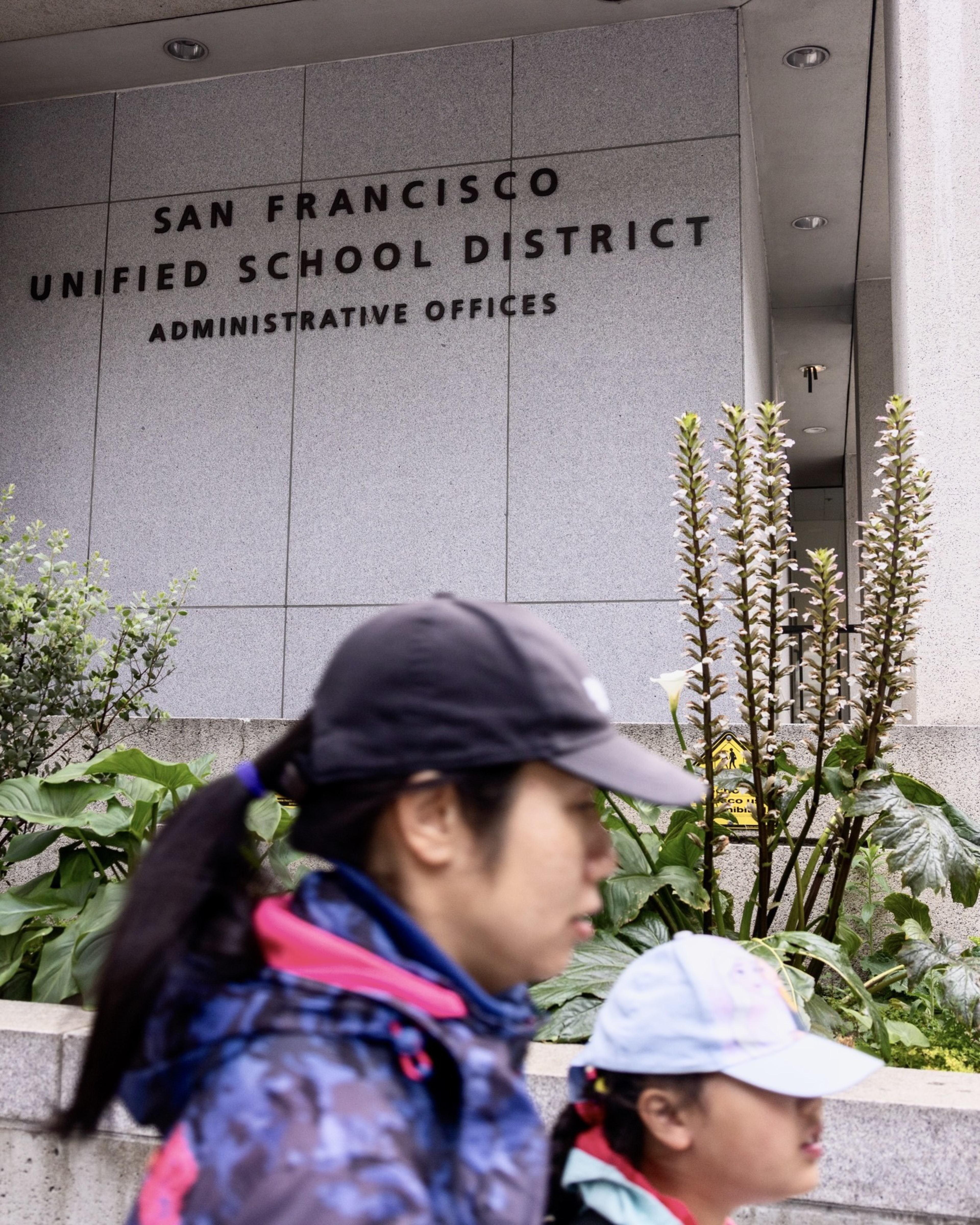

This fall, Tran’s son will be going to another elementary school in a nearby district in Daly City.
The closure news angered Bivett Brackett, a grandparent and community activist, who has been raising concerns about the closures for a few years. Her granddaughter was a student at Malcolm X Academy Elementary School, a public school in the Bayview, and has been transferred out of SFUSD now partially over frustrations with the school facilities.
She blasted the school district and said the current chaos stems from “poor decision-making” by leadership and lack of oversight of Superintendent Matt Wayne. She said she doesn’t trust the district to handle the closures without disproportionately hurting people of color.
“There’s no equity,” Brackett said. “The school closure is intentional, and that is to push more low-income families to the margins of the city so they will move out.”
Brackett also accused the district of using manipulative language about the closures, confusing immigrant families with limited English skills.
Wayne said the process, which the district has dubbed “resource alignment,” is necessary because the status quo isn’t working.
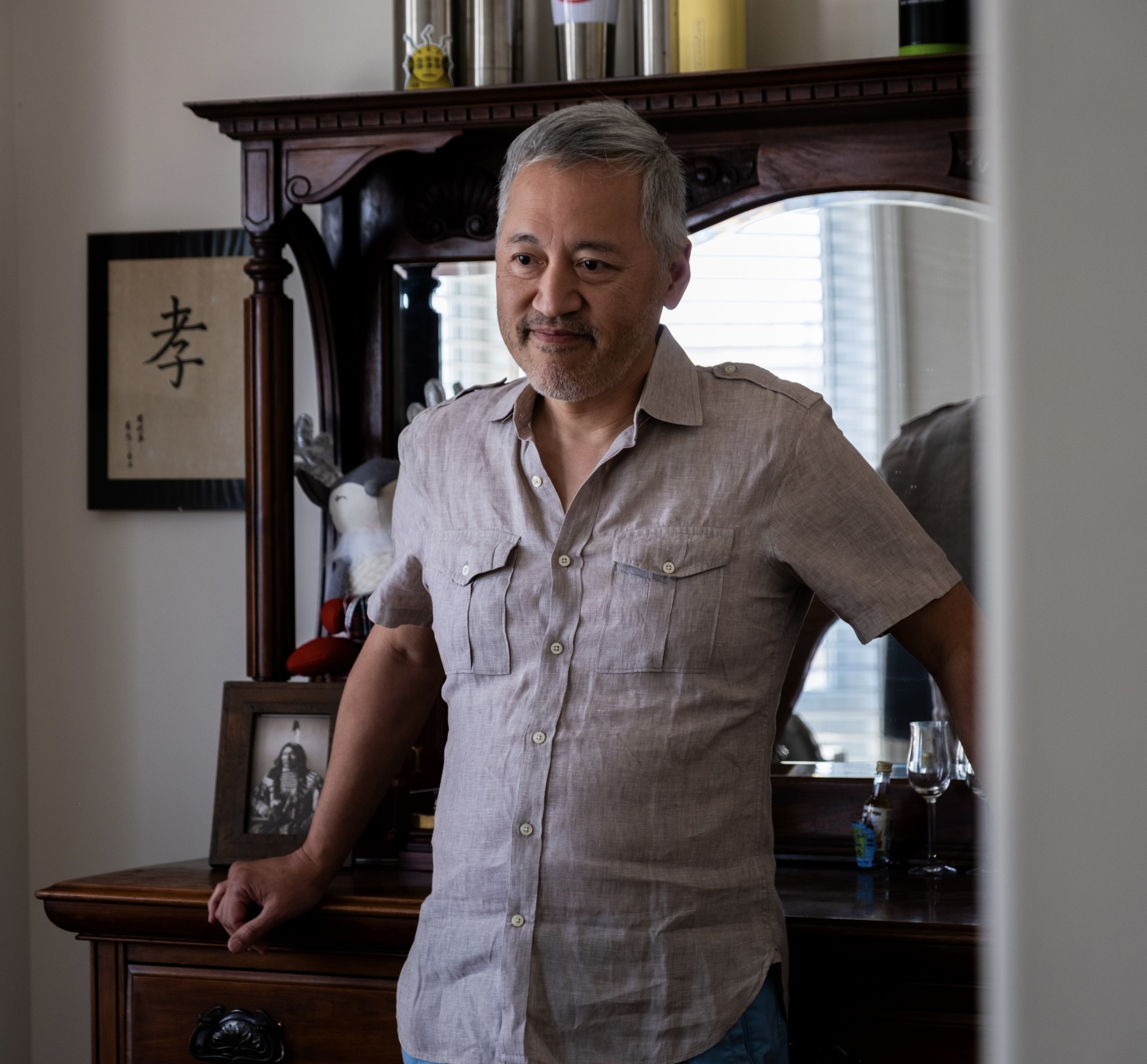
“Right now, we aren’t able to deliver on the quality of learning and provide the resources necessary to help our students thrive,” Wayne said in a statement. “While I know this process is difficult, I am optimistic that it will lead us to a world-class, thriving, equity-centered school system in San Francisco.”
Edward Ho, an engineer and a parent with two children attending Lowell High School, has some final words for SFUSD as his kids are graduating. He said the school district should look at the bigger picture and fundamentally change its way of working to secure a brighter future.
Ho sees a lack of professional competence and an overall negative culture, which passively accepts the reality of declining student enrollment, both leading to a cycle of failure.
“Stop thinking about how to shrink the district,” Ho said. “Start thinking about how to grow the district.”
